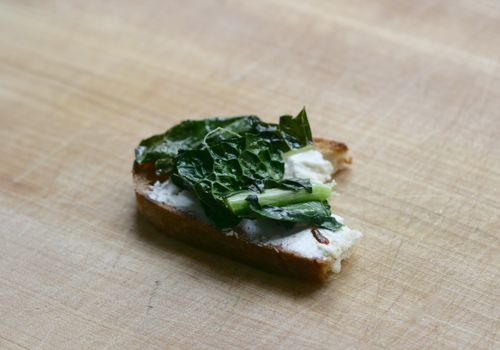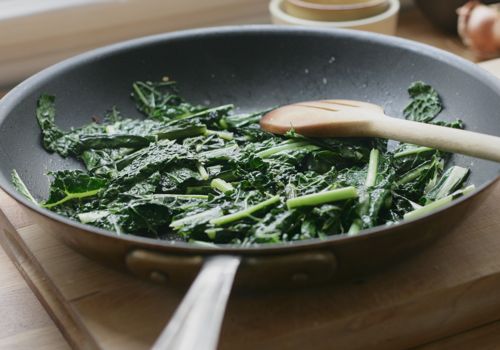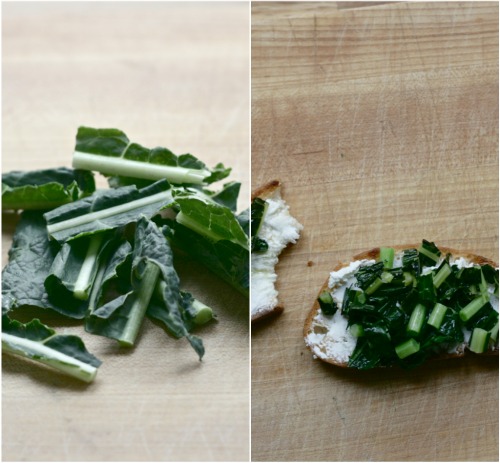
Once in a while we have the opportunity to marvel at something. Maybe it's an 800 year-old building filled with ancient footsteps. Maybe it's something new: a baby, a song, a soulful view at the edge of a cliff, or the feeling of satisfaction after eating a sumptuous meal. Have you ever marveled at bread? Tapped its crust, held the length of it up to your nose to inhale the yeasty dough, savored the soft crunch when you took your first bite, smeared with a creamy cheese?


Sometimes I wonder what our early ancestors thought about food. Hunting and gathering methods of today are far removed from the prehistoric responsibilities of actually going out to search for sustenance. When we’re hungry we go to the store or the market, choose what we would like to eat, offer a payment and place the produce in our basket. We’re more the gathering kind nowadays, and in this poem, Merwin asks if we have “forgotten the pale caves,” where our ancestors once lived.
Bread
By W.S. Merwin
For Wendell Berry
Each face in the street is a slice of bread
wandering on
searching
somewhere in the light the true hunger
appears to be passing them by
they clutch
have they forgotten the pale caves
they dreamed of hiding in
their own caves
full of the waiting of their footprints
hung with the hollow marks of their groping
full of their sleep and their hiding
have they forgotten the ragged tunnels
they dreamed of following in out of the light
to hear step after step
the heart of bread
to be sustained by its dark breath
and emerge
to find themselves alone
before a wheat field
raising its radiance to the moon
From The Second Four Books of Poems
In our suits, our skyscrapers, our cars, our supermarkets, little of our life today resembles the “ragged tunnels” and “footprints hung with the hollow marks of their groping” in a time where hunger was synonymous with survival, not convenience.


My favorite moment in the poem is its ending, the desire to be part of nature within the larger framework of humanity, to touch something so sustaining, like wheat, one of the most historic ingredients we have. It’s a beautiful line: “to find themselves alone/ before a wheat field/ raising its radiance to the moon.” The next time you bite into a piece of bread, think of its “dark breath” and how long it’s been sustaining civilization. It might make dinner all the more intriguing.
Crostini with Kale Stems
I’m currently reading An Everlasting Meal by Tamar Adler. In it is a beautiful sentiment about produce: “Though it’s easy to forget, leaves and stalks are parts of a vegetable, not obstacles to it.” With this in mind, save your scraps the next time you make a meal. A few of these crostini make a wonderful, simple lunch.
Kale stems, leftover from 1 bunch Tuscan kale
Crushed red pepper flakes
Grilled bread
A few smears of goat cheese
Chop the stems into 1/4-inch pieces. You can leave them longer (as I did the first time around), but I find they're easier to eat when chopped this way. Heat up a saute pan with a turn of olive oil over medium-low heat. Toss in a pinch of crushed red pepper flakes. Add the stems and season with salt. Add 1/4 cup of water, cover, and let them steam for a few minutes.
Cook for as long as it takes. In my case, this was about 10-12 minutes. There's no science here. When you think they're done, give one a taste. If they're not tender enough to your liking, leave them for a few more minutes. Turn off the burner when you like the way they taste.
Grill some bread slices while the kale cooks. Smear each piece with some goat cheese and top with the stems.

